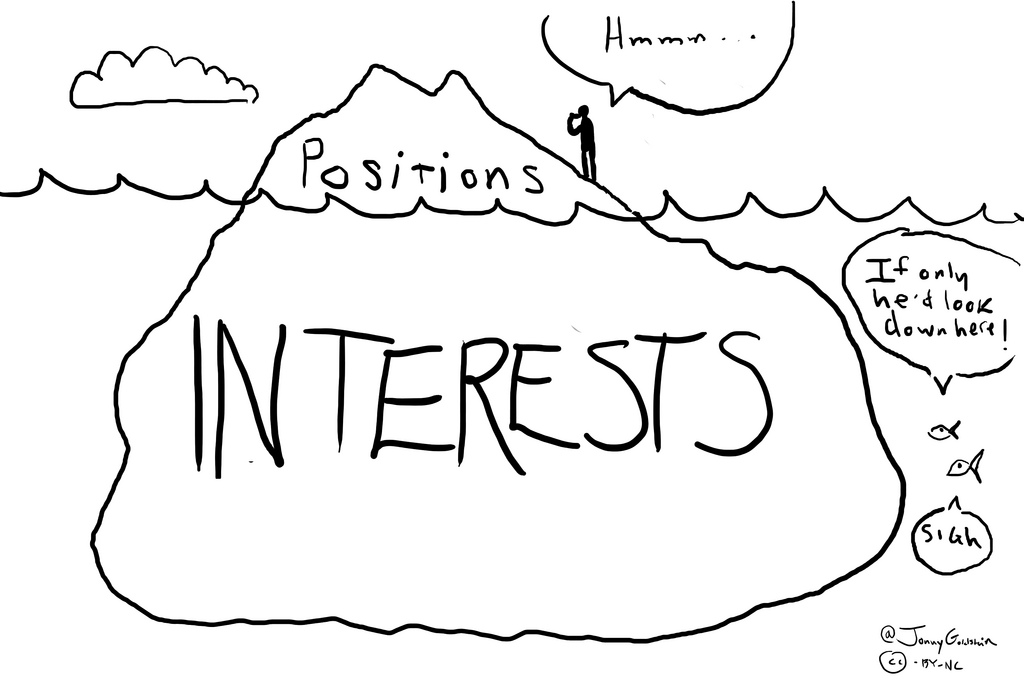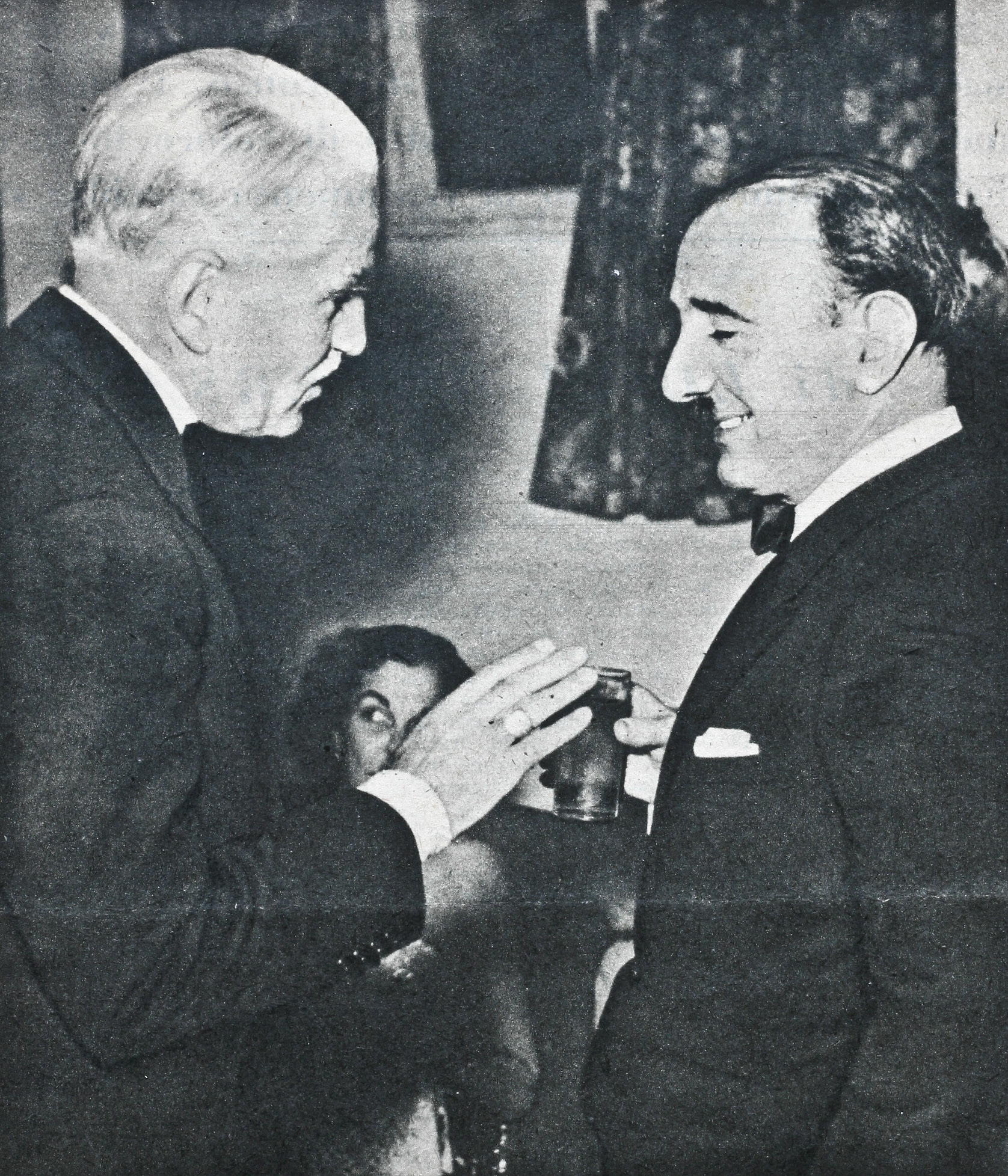“Global beliefs are the giant beliefs we have about everything in our lives: beliefs about our identities, people, work, time, money, and life itself, for that matter. These giant generalizations are often phrased as is/am/are: “Life is . . .” “I am . . .” “People are …”
As you can imagine, beliefs of this size and scope can shape and color every aspect of our lives. The good news about this is that making one change in a limiting global belief you currently hold can change virtually every aspect of your life in a moment! Remember: Once accepted, our beliefs become unquestioned commands to our nervous systems, and they have the power to expand or destroy the possibilities of our present and future.
If we want to direct our lives, then, we must take conscious control over our beliefs. And in order to do that, we first need to understand what they really are and how they are formed.”
“Re-awaken the giant within” by Anthony Robbins
You can donwload for free the book of Anthony Robbins here










Recent Comments